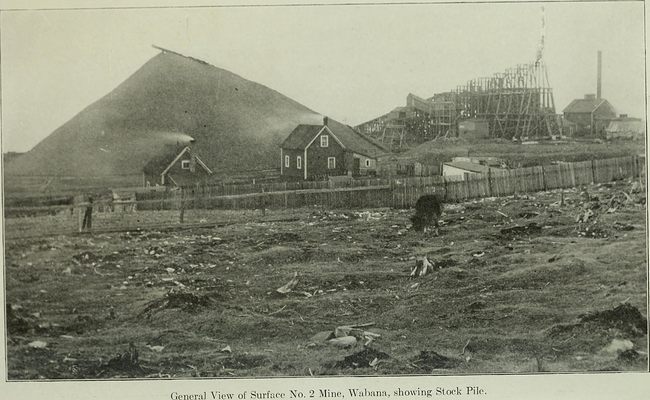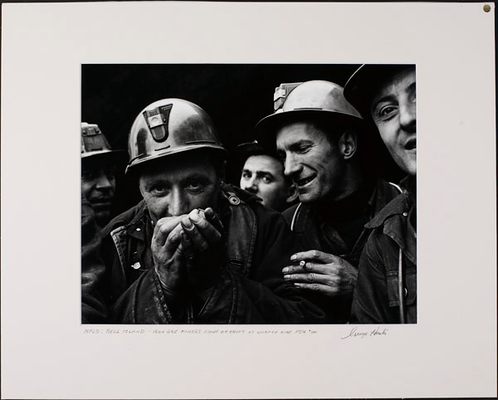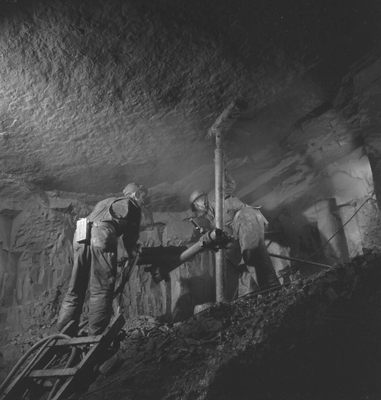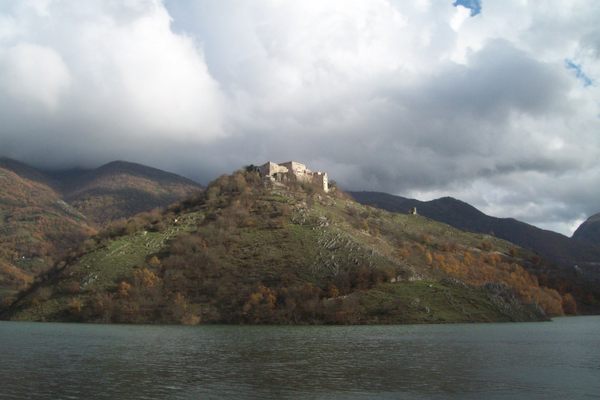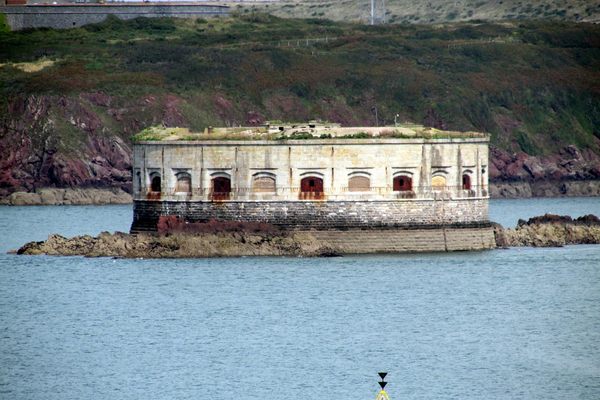About
The reviews for the No. 2 Mine Museum on Bell Island in Newfoundland are uniformly glowing. How can a simple hole in the earth be so enthralling to everyone who visits? It’s the history of the mine and the fascinating stories of the people in this island community that make it so special.
Newfoundland is affectionately known as “The Rock” in Canada. It’s a rugged land that juts into the North Atlantic Ocean, the most easterly part of Canada. Settlers from primarily Britain and Ireland established communities throughout Newfoundland starting in the 17th century.
Tiny Bell Island is part of the Avalon Peninsula, located in Conception Bay across “The Tickle”—the bay—from Portugal Cove, not far from the capital, St. John’s. The Bell Island iron ore mine began operations in 1895, and huge numbers of people moved to the area, known as Wabana. Soon, Bell Island became the largest producer of iron ore in the British Commonwealth, the second largest community in Newfoundland, and one of the most prosperous places in the province’s history.
The mine provided employment for thousands, including children as young as 10 years old, who worked boiling the kettles for the men on their breaks and separating ore from rocks. Some men worked from childhood to the age of 80 in the mine.
It was dangerous work in difficult conditions. Until 1911, light was provided by candles or tins of burning seal oil. There were no bathroom or eating facilities, and it was often very cold. Safety regulations were added slowly, and accidents over the years claimed a total of 110 lives in the mine.
The mine was once one of the world’s largest submarine iron ore mines. It was also the primary supplier of iron ore to Germany. During World War II, German captains who knew Newfoundland’s shores piloted U-boats that torpedoed and sank several ore boats.
The Newfoundland militia fired on the U-boats, missed, and killed a cow. Nevertheless, Bell Island holds the distinction of being the site of the only artillery fired in defense of North America during the war.
Bell Island’s No. 2 mine closed in 1949, and the rest of the mine in 1966. In 2000, the Bell Island Community Museum and No. 2 Mine Museum opened. It features a walking tour of the shaft with talented and passionate guides who bring the history of the community and the mine to life with compelling stories and anecdotes that incite a range of emotions from sympathy to laughter. Visitors to Bell Island are also treated to scenic beauty as the rugged cliffs and deep blue waters create a stunning backdrop.
Related Tags
Know Before You Go
Make sure you take a guided tour of the mine shaft—it's the tour guides and the stories they tell that make this place so special!
Published
February 16, 2018










